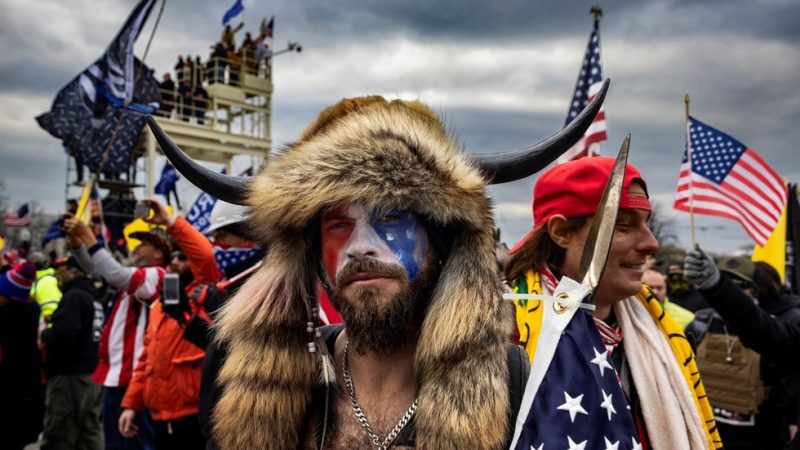
To be White in America is to carry a name etched by wind and migration, shaped by soil and scripture, a legacy woven into centuries-old lullabies. This identity transcends oceans and generations, residing in the quiet hush of ancestral lands and the rustling leaves of forgotten forests. The word “White,” in this context, becomes a vessel for an ancestral memory, a connection to something deeper than the surface. It is neither aggressive nor ashamed, simply awake.
Multiculturalism, in its current form, can feel like a solvent, erasing distinctions and merging the sacred into a bland sameness. Within this tide, those with European heritage find themselves adrift, searching for a grounding force. The term “White” offers this foothold, a point of resistance, a memory, and the dignity of cultural continuity. In this sense, identity becomes a form of love—a love for origins, for inherited stories, and for generations to come.
Supremacism speaks of domination; identity speaks of presence. The White American who awakens to their heritage doesn’t seek a throne but a hearth, a way to remain whole in a world that prizes fragmentation. This is a path of loyalty to one’s own, not hostility toward others. It’s about ethnopluralism, a coexistence where each cultural rhythm retains its unique beat without silencing the others. Each flower in the garden of peoples thrives with its own fragrance.
The term “White” in America resonates with a unique frequency. It vibrates with Jefferson’s writings and Bach’s music, with frontier hymns and Viennese waltzes, with the sounds of history and heritage. To claim this identity is to protect this frequency from the dissonance of forced “inclusion.” It’s a declaration that these old songs deserve to be sung again, that memory deserves to be heard, that tradition deserves to breathe, and that identity deserves more than a footnote in someone else’s anthology.
European nationalists might see a racial label where, in America, a cultural signal shines through the noise, calling for unity in the absence of a unifying national mythos. Immigration once meant assimilation into a defined national identity, but that mythos has faded. “White” now fills that void, creating a new sense of belonging—a postmodern tribe connected by shared affinities rather than state-sponsored creeds. This tribe seeks kinship, not conquest.
The word itself is undergoing a transformation. Once used carelessly and cruelly, it’s now being reclaimed with care and reverence. It becomes a sanctuary, a quiet defiance against oblivion. It doesn’t shield empire, but it does cradle memory. Those who use the word trace invisible maps, seeing beyond skin color to the village, the church bells, and the eyes of their ancestors. To be White, in this context, is to feel the weight of time and history, to carry the sacred burden of continuity.
Identity serves as a compass, not a cage. It points to something essential, not reductive. It allows for new expressions of art, ritual, story, and space. The future emerges from the past, shaped by intention, not accident. Each person reclaiming their identity becomes a steward; each community honoring its heritage becomes a lighthouse. In the fog of cultural disintegration, the glow of remembrance shines brighter than shame. Authentic diversity, rooted in respect, requires difference, and difference requires selfhood.
Being pro-White is about being pro-identity. Affirming one’s people is affirming all peoples. The distinction between celebration and supremacism lies in spirit, not volume. This spirit seeks harmony, not hierarchy. A world without distinct identities offers only the cold hum of managed uniformity; a world of living cultures brims with meaning. The affirmation of White identity, grounded in respect, humility, and ancestral fire, is not a threat but a promise—a promise to remain, to remember, and to reimagine.










